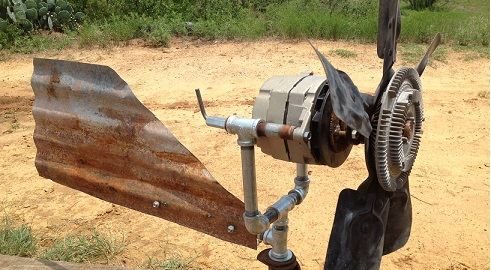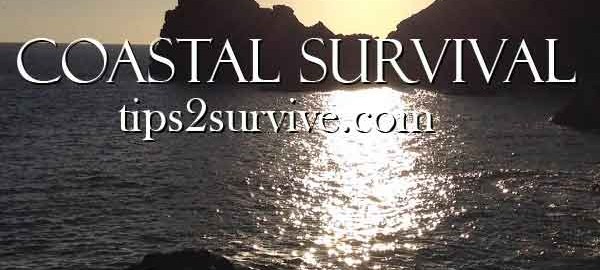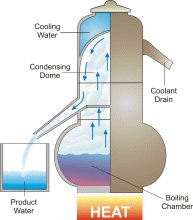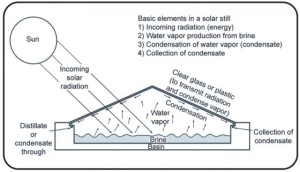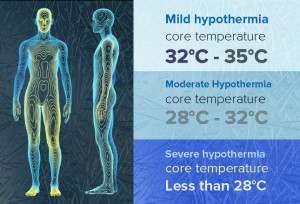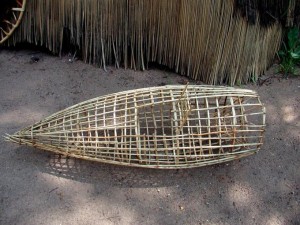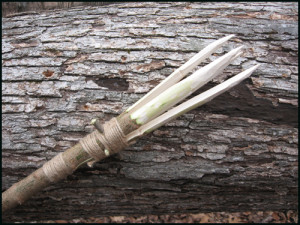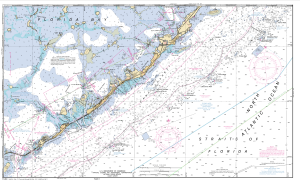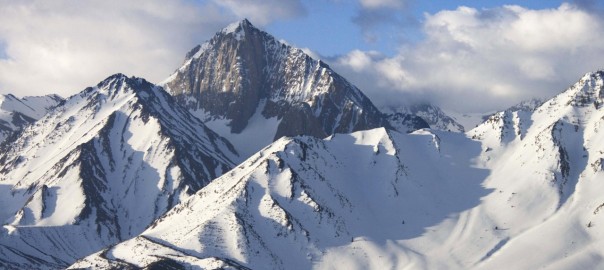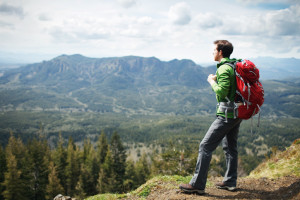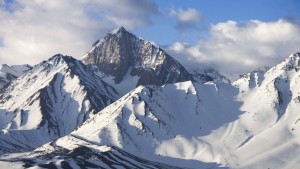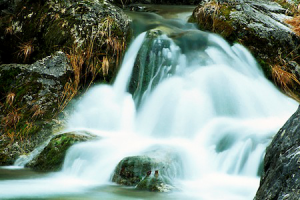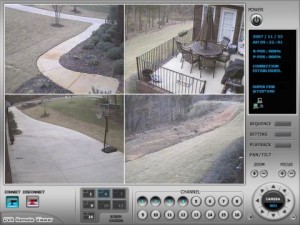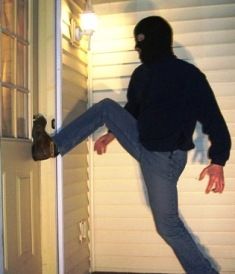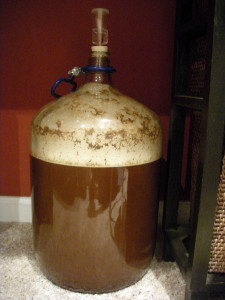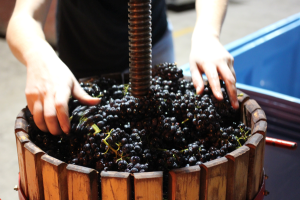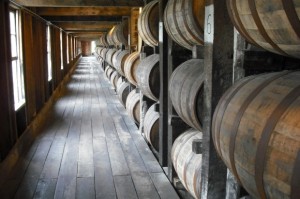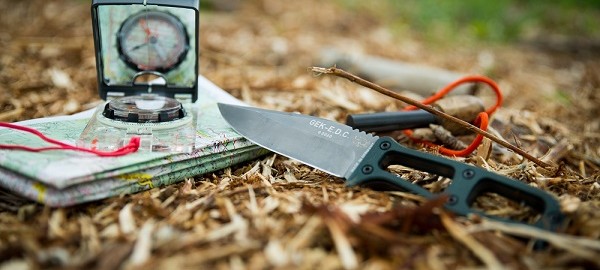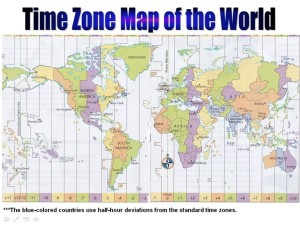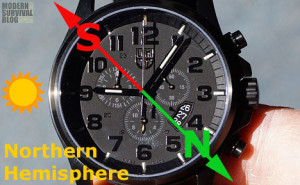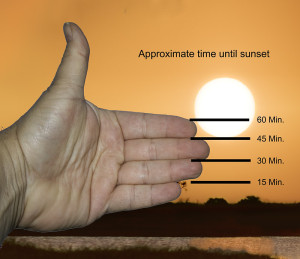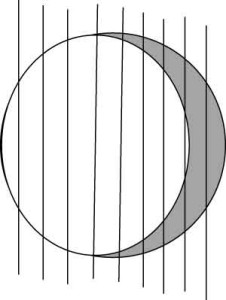In the spirit of Earth Day last week, I wanted to talk a little about some green energy sources. Not because I think the earth has a temperature and I feel we owe it to her to reduce our carbon footprint, but because in all the research that I’ve done, so called green energy sources are most conducive to long term personal or family energy sources. Sure anyone can buy a gas generator but it only provides energy as long as the gas holds out. 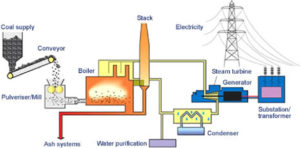 Since gas degrades over time, in a TEOTWAWKI world after several months gasoline will gum and drop octane, making gasoline generators a poor long term alternative energy source. Considering how 90% of modern American electricity is produced in power plants using a type of fossil fuel to create steam, which is used to turn a turbine, thus creating the electricity. Since the process takes place on such a massive scale, the burning of the fossil fuel becomes not only cost effective but actually cheaper than most other forms of electricity production.
Since gas degrades over time, in a TEOTWAWKI world after several months gasoline will gum and drop octane, making gasoline generators a poor long term alternative energy source. Considering how 90% of modern American electricity is produced in power plants using a type of fossil fuel to create steam, which is used to turn a turbine, thus creating the electricity. Since the process takes place on such a massive scale, the burning of the fossil fuel becomes not only cost effective but actually cheaper than most other forms of electricity production.
The problem with producing electricity for your household in this manner is that due to the small amount you’re producing and the cost of the fuel and equipment, it becomes very expensive. The average American household consumes almost 11,000 kilowatt/hours per month, according to Consumer Reports there are two types of home generators, portable and fixed and they are capable of producing 2,500-20,000 watts. The problem, other than the cost, is that few of these generators are designed to provide power on a full time basis.
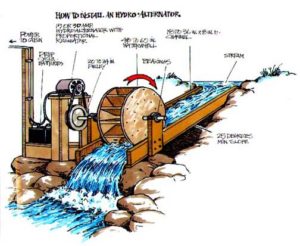 If you could replace the gas motor with another means of turning the generator, you would eliminate the cost of the fuel and the wear on the gas motor. In a perfect world it could be replaced by a fast moving stream or waterfall. Another possible replacement is wind, if you are in an area that has a perpetually strong wind.
If you could replace the gas motor with another means of turning the generator, you would eliminate the cost of the fuel and the wear on the gas motor. In a perfect world it could be replaced by a fast moving stream or waterfall. Another possible replacement is wind, if you are in an area that has a perpetually strong wind.
What could we use as a generator? I’m speaking here about the device that will actually create the electricity. To generate electricity through induction all you need to do is spin a magnet or group of magnets, inside a wire coil. The amount of electricity created is affected by length of wire, strength of the magnetic field, and velocity of movement inside the magnetic field. I’m not going to get into the science behind this because that is beyond the scope of this discussion. But I will give you some ideas on where you can find some generators relatively inexpensively.
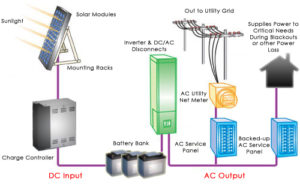 Before I get into suggestions on generators, let’s talk a little about power delivery. You will want a place to store your generated energy and it’s not like you can hang it on a hanger in the coat closet or put it in a box in the guest bedroom closet. A battery compartment will be required and of course the electricity you create will be stored in 12 volt batteries. Which brings us to the next part of the system you will need, a charge controller. A charge controller protects your battery,
Before I get into suggestions on generators, let’s talk a little about power delivery. You will want a place to store your generated energy and it’s not like you can hang it on a hanger in the coat closet or put it in a box in the guest bedroom closet. A battery compartment will be required and of course the electricity you create will be stored in 12 volt batteries. Which brings us to the next part of the system you will need, a charge controller. A charge controller protects your battery,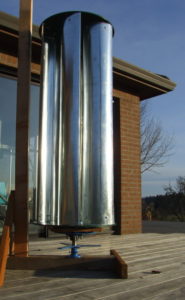 how well it protects the battery depends on the quality of the charge controller and the features that it has. If you’ve read anything that I’ve previously written, you’ll know that I’m a huge believer in layering; layer your clothes, layer your plans, layer your defenses. Why would your energy grid be any different? If you’re using wind or hydro or both, you can add solar to your grid for relatively low cost. Since the batteries store DC power and your home runs on AC, you will need a sine wave inverter to convert the power from DC to AC. Unless you want to live completely off grid, in which case you could look into replacing all of your devices with a 12 volt DC equivalent. There are definite pluses to being off grid but there also pluses to being on grid. In fact some power companies will actually pay you for excess power that you produce.
how well it protects the battery depends on the quality of the charge controller and the features that it has. If you’ve read anything that I’ve previously written, you’ll know that I’m a huge believer in layering; layer your clothes, layer your plans, layer your defenses. Why would your energy grid be any different? If you’re using wind or hydro or both, you can add solar to your grid for relatively low cost. Since the batteries store DC power and your home runs on AC, you will need a sine wave inverter to convert the power from DC to AC. Unless you want to live completely off grid, in which case you could look into replacing all of your devices with a 12 volt DC equivalent. There are definite pluses to being off grid but there also pluses to being on grid. In fact some power companies will actually pay you for excess power that you produce.
Where can you get these generators?  Well we are charging 12 volt batteries, what else runs on 12 volt batteries? Cars and trucks use a 12 volt battery, and it is recharged by the vehicles alternator. We can use air or water to turn the alternator and use the alternator to charge our batteries and 10 batteries connected in series will be 120 volts which will power most homes.
Well we are charging 12 volt batteries, what else runs on 12 volt batteries? Cars and trucks use a 12 volt battery, and it is recharged by the vehicles alternator. We can use air or water to turn the alternator and use the alternator to charge our batteries and 10 batteries connected in series will be 120 volts which will power most homes.
